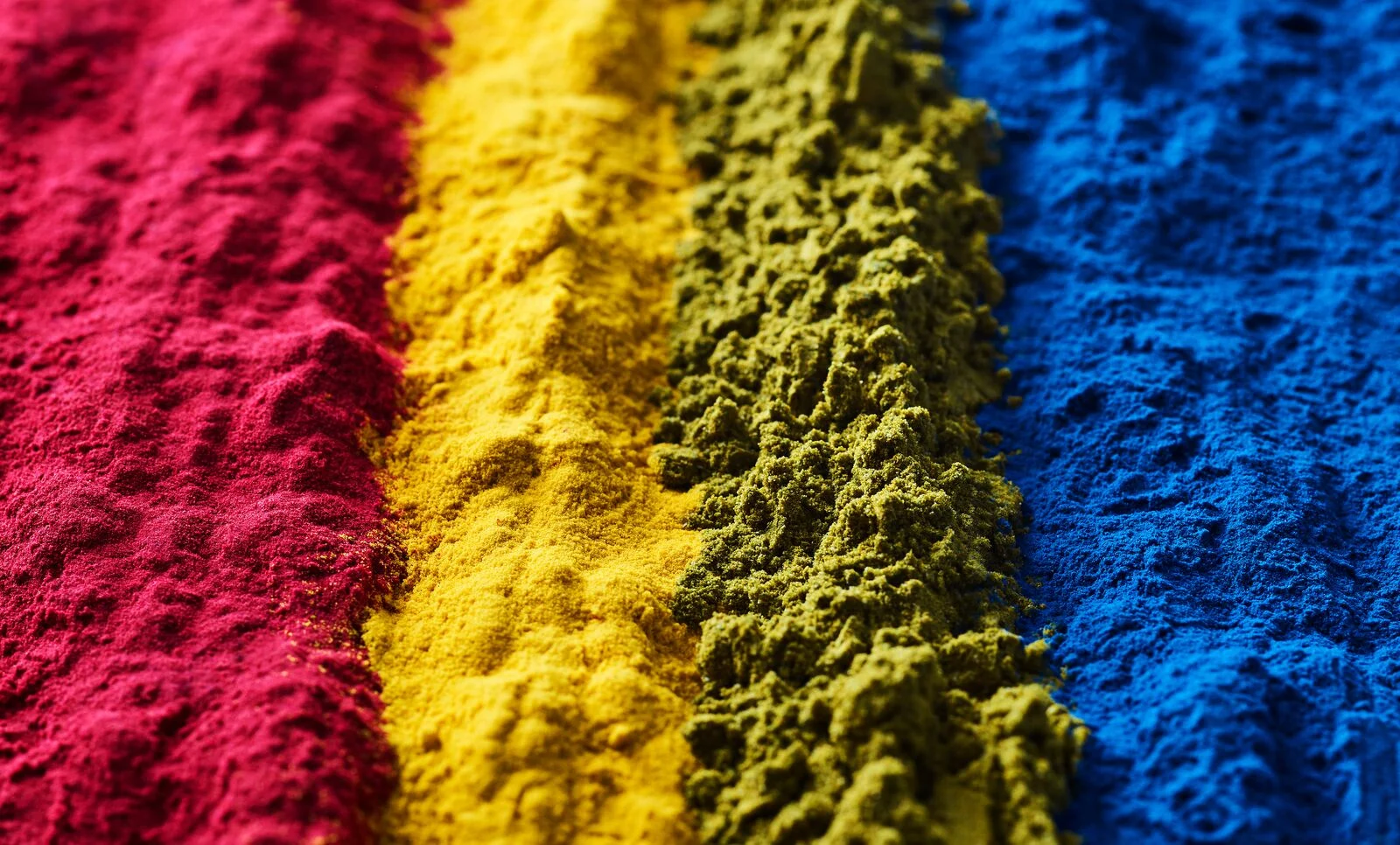Article | Jul 22. 2025 - 11:18AM
Rewriting the Future of Food Color: How Oterra is Driving Natural Innovation
In today’s increasingly health-conscious and environmentally aware world, the food industry is undergoing a vibrant transformation – literally.
Consumers are no longer content with artificial additives and opaque labels. They’re demanding natural, sustainable, and clean-label solutions that align with their values. And at the heart of this transformation is color innovation, where companies like Oterra are leading the charge.
According to GlobalData, 41% of consumers consider “free from artificial ingredients” essential when choosing food and beverages. Nearly 26% actively avoid artificial colors and flavors. These numbers reflect a strong global movement toward clean-label products, with growing demand for transparency and trustworthiness in ingredients.
This is more than a passing trend – it’s a structural shift in consumer expectations, accelerated by evolving regulatory landscapes. In the United States, for instance, the FDA’s stance on artificial colorants, combined with increasing legislative action at state levels, is expected to dramatically boost both awareness and demand for natural alternatives. While a recent NATCOL survey indicated that U.S. consumer awareness of natural food colors still lags behind Europe, that’s changing quickly. Oterra anticipates a significant uptick in interest and adoption across North America as natural color solutions become more visible and more viable.
For Oterra, these shifts aren’t just market signals – they’re fuel for innovation. Sustainability and environmental responsibility are major pillars in the company’s strategy. The goal is not only to create brilliant natural colors but also to do so with a lower environmental footprint.
As Luc Ganivet, Head of Innovation at Oterra, explains, “First of all, we need to find new raw materials that already exist in nature.” A prime example is Jungle Blue, a vivid FDA-approved blue color derived from huito fruit through a partnership with Ecoflora in Colombia.
But the innovation doesn’t stop there. Oterra is also breeding new varieties of common crops – like carrots, grapes, and sweet potatoes – to enhance color content or develop novel shades. Gene editing technologies are being explored to accelerate this process, enabling a more sustainable and cost-efficient approach to natural color development.
In addition to sourcing, Oterra is pioneering new processing techniques to improve performance and vibrancy. Their I-Colors® Bold ultrafine powders, for example, deliver bold, vivid shades designed to meet the functional demands of complex formulations.
Advanced cultivation technologies are also coming to the forefront. Produced in collaboration with VAXA Technologies, Arctic Blue is cultivated in a carbon-neutral vertical farming system powered entirely by geothermal energy. Oterra has calculated that this combination of geothermal energy and cultivation system uses just 1% of the water and land compared to conventional spirulina farming, while also minimizing contamination risks and ensuring consistent year-round production. Despite adding CO2 emissions back due to further processing and transportation, Oterra estimates that its flagship Arctic Blue product generates up to 40 times fewer emissions than its conventional spirulina product (this is indicative and context-specific, not a full Life Cycle Analysis).
These technologies not only reduce environmental impact but also strengthen the reliability of Oterra’s supply chain – an increasingly critical factor as manufacturers shift away from synthetic ingredients. For natural colorants, lifecycle planning is crucial. For instance, the red sweet potato, a common source of natural pigment, requires a nine-month growing period. Anticipating and managing such timelines is essential, and Oterra’s partnerships with contract farmers in over 30 countries provide the foundation for a resilient and scalable production system.
Oterra’s FruitMax® range offers a full spectrum of colors derived from fruit, vegetables, and edible plants. Designed to meet the demands of clean-label products, FruitMax® colors are free from artificial additives and preservatives, and many are considered coloring ingredients rather than additives with E-numbers. Depending on the region, labels might read “red beet concentrate” in the EU or “vegetable juice (color)” in the U.S. Available in water- and oil-soluble formats, and suitable for Kosher, Halal, vegetarian, and palm oil-free requirements, these formulations are tailored for versatility and transparency.
Oterra’s Simply Brown range offers another clean-label solution – this time for replacing caramel colors. Made from apple juice concentrate, it provides a non-caramel, allergen-free alternative with global regulatory acceptance. It’s used across a wide array of categories, including bakery, beverages, dairy, confectionery, and even pet food.
Looking ahead, Oterra sees even more potential in biotech. Precision fermentation – still in its early stages – is poised to revolutionize the production of food colors over the next 5 to 10 years. By using microorganisms to generate natural pigments in a controlled environment, this method promises consistency, scalability, and a drastically reduced environmental impact.
“As the food industry responds to consumer demands and regulatory pressures, color is emerging as both a challenge and an opportunity,” says Luc Ganivet. “For Oterra, it's a space filled with possibility. By blending cutting-edge science with nature’s palette, the company is helping to paint a cleaner, more sustainable future for food.”
